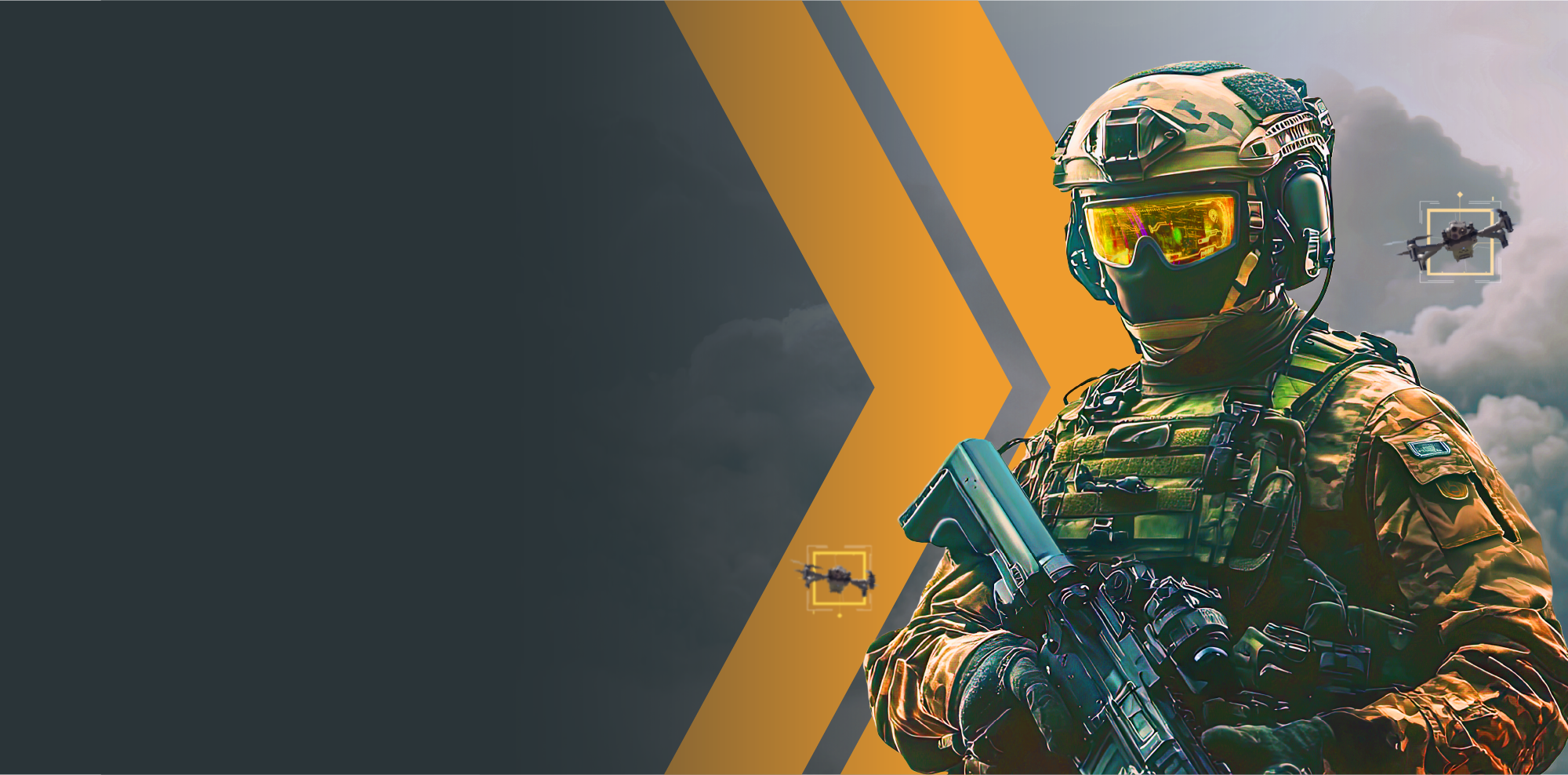NDIA will be hosting the 2025 Future Force Capabilities Conference & Exhibition, September 30 - October 3, 2025 at the Fort Worth Convention Center in Fort Worth, TX. This conference brings together NDIA’s Armaments, Robotics, Munitions Technology Fuze, Integrated Precision Warfare and Global Demilitarization communities. These diverse interest groups will cover capabilities across a wide spectrum from armaments, missiles and space effects to modern robotics, and fuzing technology.
Individuals wishing to present are required to submit a concise abstract (less than 4,000 characters) no later than Friday, May 16, 2025. Authors will be notified if their proposed abstract has been accepted for presentation in mid-June 2025.
Please upload your abstract here and complete ALL required information. All abstracts must be submitted electronically in accordance with specific instructions below.


